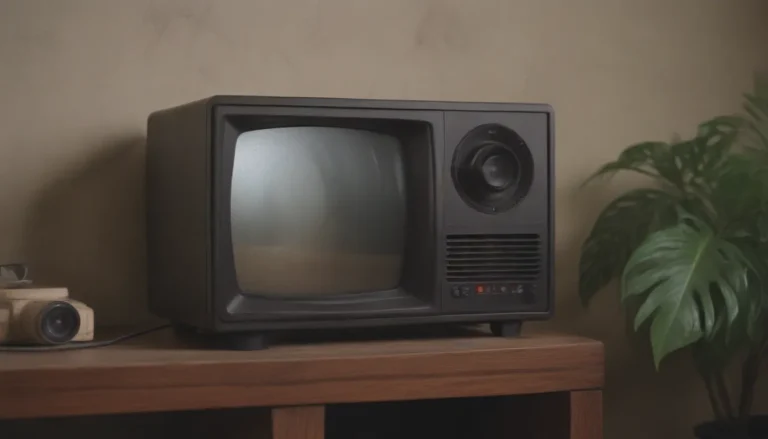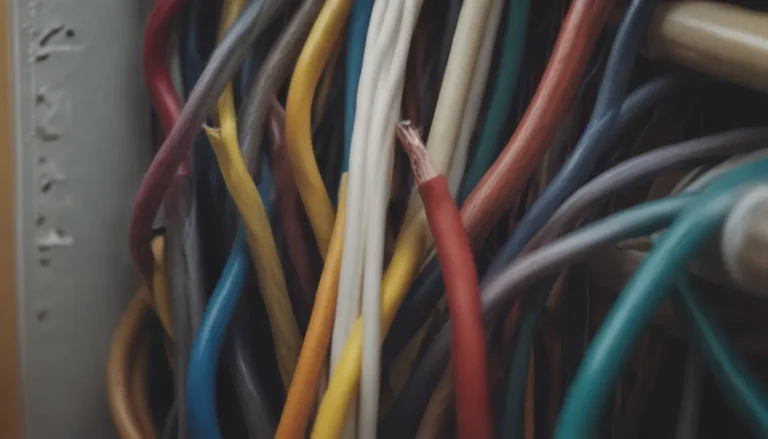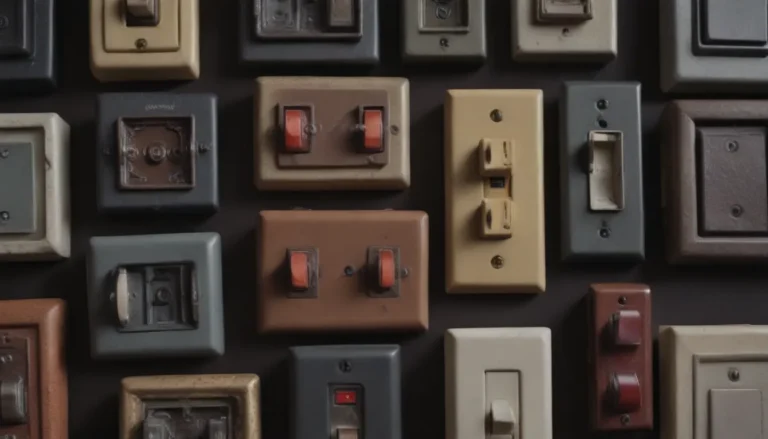Mastering the Art of Circuit Breaker Reset

Welcome to our comprehensive guide on how to reset a circuit breaker! In this article, we will walk you through everything you need to know about handling tripped circuit breakers in your home. From identifying a tripped breaker to safely resetting it, we’ve got you covered.
Understanding the Basics of Circuit Breakers
Before we dive into the nitty-gritty of resetting a circuit breaker, let’s first understand what a circuit breaker is and why it’s important. In a nutshell, a circuit breaker is a safety device that is designed to protect your home’s electrical circuits from overloading. Each circuit in your home is equipped with a circuit breaker that is housed in the main service panel or a sub-panel.
How Circuit Breakers Work
A circuit breaker is designed to trip or turn off when it detects an overload of current flowing through the circuit. For example, if a circuit breaker is rated at 20 amps, it is intended to handle up to 20 amps of current. If the current exceeds this limit, the circuit breaker will trip, cutting off the power to the circuit to prevent overheating and potential electrical fires.
Identifying a Tripped Breaker
Now that we know the purpose of a circuit breaker, let’s discuss how you can tell if a breaker has tripped. There are a few telltale signs that indicate a tripped breaker:
- Check the toggles on the breakers inside the service panel. If a toggle is pointing away from the panel’s center or is in a position other than fully on or fully off, the breaker has likely tripped.
- Some breakers have indicator windows that change color when the breaker is tripped. Look for a red or halfway between green/black and red indication to confirm a tripped breaker.
Resetting a Tripped Breaker
If you have identified a tripped breaker in your home, the next step is to reset it. The process of resetting a breaker is fairly simple:
- Locate the tripped breaker inside the service panel.
- Flip the breaker toggle to the off position.
- Wait a few seconds, then flip the toggle back to the on position.
If the breaker trips again immediately after resetting it, do not attempt to reset it again. This could be a sign of a larger issue with the circuit that requires professional attention. Always err on the side of caution and consult with an electrician if you encounter persistent tripping issues.
Investigating the Cause of a Tripped Breaker
In some cases, the cause of a tripped breaker may be obvious, such as when a high-demand appliance overloads the circuit. However, if there is no clear cause for the tripping, further investigation may be needed:
- Check for faulty devices or wiring that may be causing the circuit to trip.
- If the breaker continues to trip after unplugging all devices on the circuit, there may be an underlying wiring issue that requires professional diagnosis.
Remember, safety should always be a top priority when dealing with electrical issues in your home. Never ignore a tripped breaker or attempt to reset it without understanding the root cause of the problem.
Conclusion
In conclusion, knowing how to reset a circuit breaker is an essential skill for any homeowner. By understanding the basics of circuit breakers, identifying tripped breakers, and safely resetting them, you can ensure the electrical safety of your home and prevent potential hazards.
We hope this guide has been informative and helpful in empowering you to handle tripped circuit breakers confidently. Remember, when in doubt, always seek professional help to address electrical issues in your home. Stay safe and stay informed!





